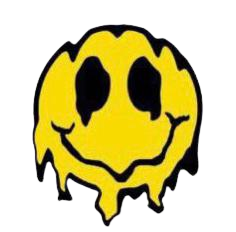DMT (N,N-Dimethyltryptamine) is a potent short-acting psychedelic that occurs naturally in the brain and several plant species, like the Psychotria viridis in ayahuasca.
Known as “The Spirit Molecule,” DMT induces intense visual encounters, auditory hallucinations, and profound mystical experiences. Also called the “God molecule,” DMT has a long history of shamanic use to commune with nature spirits and transcend time and space.
This article explores DMT’s biological mechanisms, intense visuals, and therapeutic potential.
Biological Mechanisms of DMT
DMT has gained significant attention in recent years for its mind-altering properties. The God molecule affects the brain by interacting with 5-HT2a serotonin neurotransmitters to alter perception and consciousness. DMT also affects dopamine and sigma receptors, but scientists don’t fully understand how these interactions influence the experience.
Beyond neuropharmacology, DMT induces physiological responses. One study showed that DMT increased blood pressure, heart rate, pupil size, and body temperature in a dose-dependent manner. It also raised certain hormone levels in the blood.
Interestingly, DMT does not appear to form a tolerance in humans, meaning serotonin receptors respond the same way to the substance regardless of repeated use. Unlike LSD and psilocybin, DMT elicits psychedelic experiences with the same vigor at the same dosage without needing tolerance breaks between sessions.
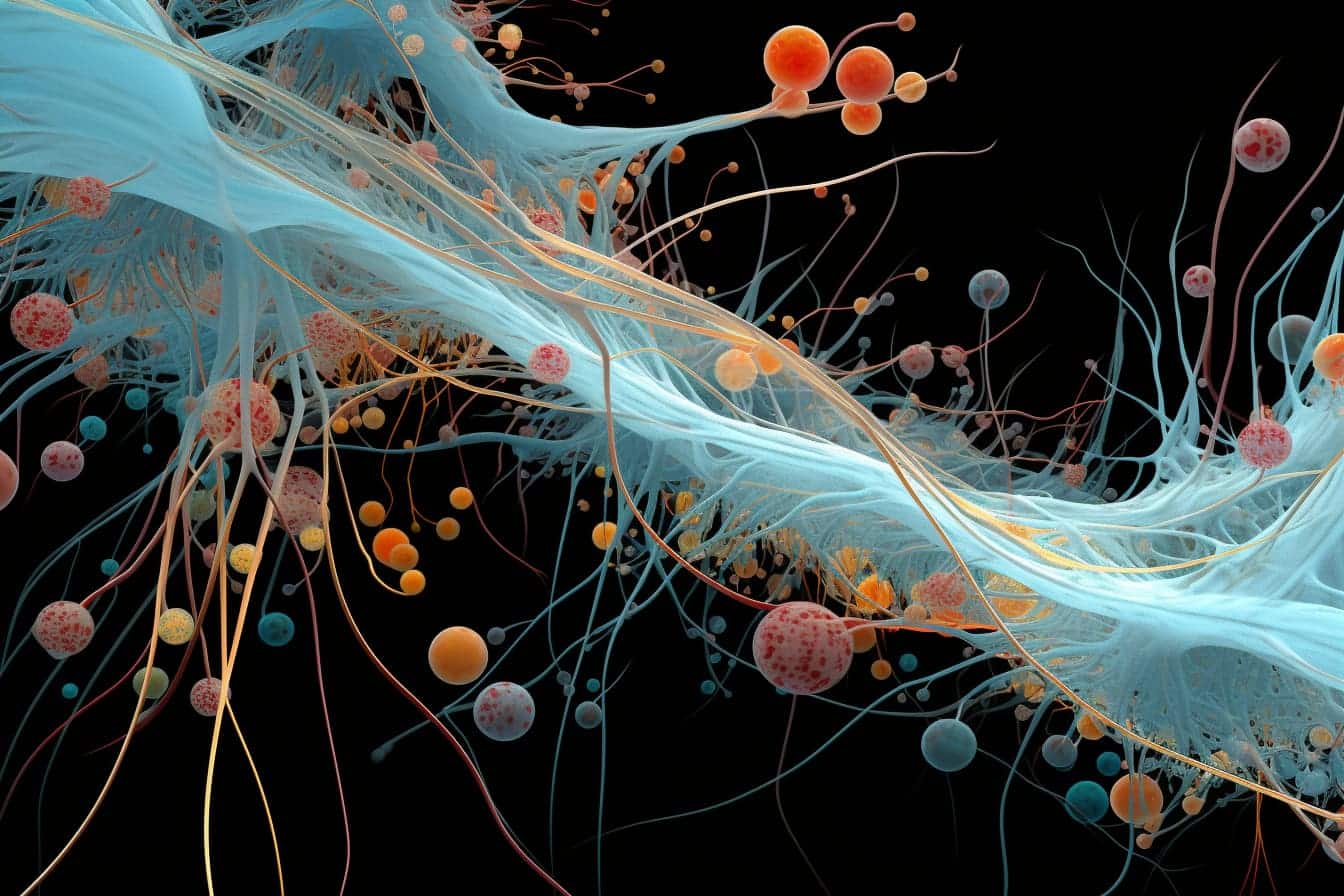
DMT Benefits vs. Risks
Studies suggest that DMT may have neuroprotective properties, potentially aiding in brain repair processes–all while opening mystical gateways to the soul. DMT also appears “well-tolerated” by “healthy” people, as well as those with depression.
In an exploratory study on intravenous DMT, the increased blood pressure, heart rate, anxiety, and psychedelic effects all returned to baseline levels within 30 minutes. Researchers determined that 0.1 and 0.3 mg/kg doses were generally safe, and could have rapid antidepressant effects in treatment-resistant depression.
Promising findings aside, researchers must conduct several larger trials to confirm and understand DMT’s effects.
As a notoriously intense psychedelic, DMT could cause negative subjective risks, especially for the uninitiated and especially at concentrated IV doses. These risks include:
1. Psychological distress
DMT can cause overwhelming experiences that may be difficult to integrate into everyday life.
Some may experience anxiety, panic, or paranoia during the trip or afterwards. This risk drastically decreases with professional therapeutic support.
2. Interaction with other substances
Research suggests caution when combining DMT with certain medications.
For example, using DMT with common antidepressants known as SSRIs could lead to serotonin syndrome, a potentially life-threatening condition.
3. Pre-existing mental health conditions
DMT has powerful mental health potential. But its mind-altering impact can also exacerbate conditions without proper preparation, clinical guidance, and responsible use.
IMPORTANT: If you are considering a DMT experience, make sure to first consult a healthcare professional.
DMT Visuals: Experiences & Testimonials
Numerous DMT anecdotes offr valuable insights into the God molecule’s subjective effects.
Varied perspectives highlight the individual nature of these encounters and inability to predict individual journeys. However, the below four commonalities are worth noting.
1. Visual & Auditory Hallucinations
People often experience strong DMT visuals, including geometric and fractal patterns, vivid colors, rapidly shifting shapes, and seemingly sentient entities.
Others hear sounds that nobody else can detect. Some report feeling surrounded by a warm, white light, revisiting the past, and experiencing “oneness” with life, death, and the universe as a whole.
https://giphy.com/embed/3og0IMaynocLIk5VUQ
2. Beyond the Veil of Reality
DMT explorers regularly describe observing the universe from their own consciousness, perceiving how every tiny element is interconnected, forming the vast expanse of the galaxy and beyond.
During a journey, some report meeting with individuals who have passed beyond the veil that separates life from death. Particularly when they feel bathed in pure, white light, they sense the presence of a spirit, deity, or long-lost loved one.
In these moments, the person feels they can converse with this spirit, ask questions, and gain new perspectives on life’s greatest mysteries.
https://giphy.com/embed/iicDrNGWxHmDrIni6j
3. Near-Death Experiences
Many individuals describe having an NDE (near-death experience), where they metaphorically detach from the body and enter another realm or dimension.
https://giphy.com/embed/3og0IFrHkIglEOg8Ba
4. Reframing Trauma
DMT trips can offer a unique opportunity for processing and reframing trauma. People often find themselves delving into the depths of their subconscious and confronting past wounds in an introspective manner.
DMT’s altered state of consciousness can enable a safe space for exploring painful memories, allowing people to gain new perspectives.
By witnessing these events from a different angle, some may begin to release emotional burdens.
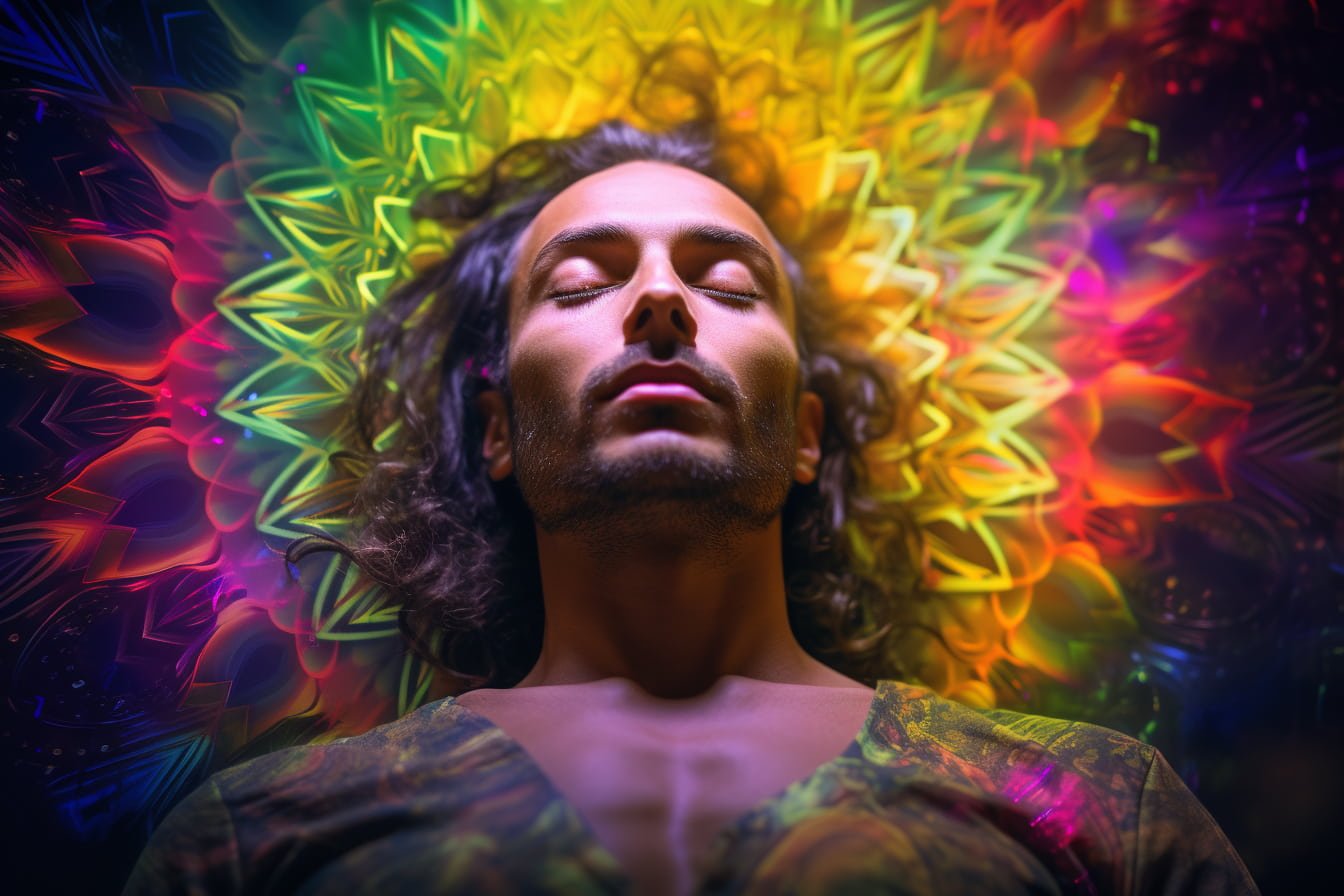
DMT-Assisted Therapy
DMT has shown promise in clinical applications, particularly in the field of DMT-assisted therapy (DAT).
DMT-assisted therapy is a form of therapeutic intervention that utilizes the compound to facilitate emotional processing and personal insights in a guided and controlled setting. Ongoing clinical trials are exploring DAT for mental health conditions–particularly major depressive disorder.
Small Pharma’s Phase IIa DMT-assisted therapy trial for major depressive disorder showed:
- A statistically significant reduction in depressive symptoms at two weeks post-dose compared to placebo, with a -7.4 point difference.
- A rapid onset of antidepressant effect at one week post-dose, with a statistically significant difference in symptoms compared to placebo.
- Durable antidepressant effects, with a 57% remission rate at 12 weeks following a single dose with supportive therapy.
From Small Pharma’s perspective, DMT’s short psychedelic experience of less than 30 minutes makes it promising for rapid-acting and long-lasting effects.
Shorter sessions are also more convenient than six-hour-plus psilocybin, LSD, and ayahuasca journeys.
Why Therapy Matters
Researchers theorize that DMT combined with therapy is equally important to its beneficial outcomes. These treatments occur in safe, controlled settings with an experienced guide, practitioner, or therapist who stays in the room for the entire duration.
During DMT therapy sessions, the guide or therapist provides the patient with comfort and reassurance as they process the visuals, memories, and auditory experiences.
When the session comes to a close, the therapist or guide conducts an assessment and discusses the person’s experience.
The main goal is to help the patient make sense of what they saw, heard, and felt.
With adequate guidance, DMT-assisted therapy can deliver profound and enduring healing.
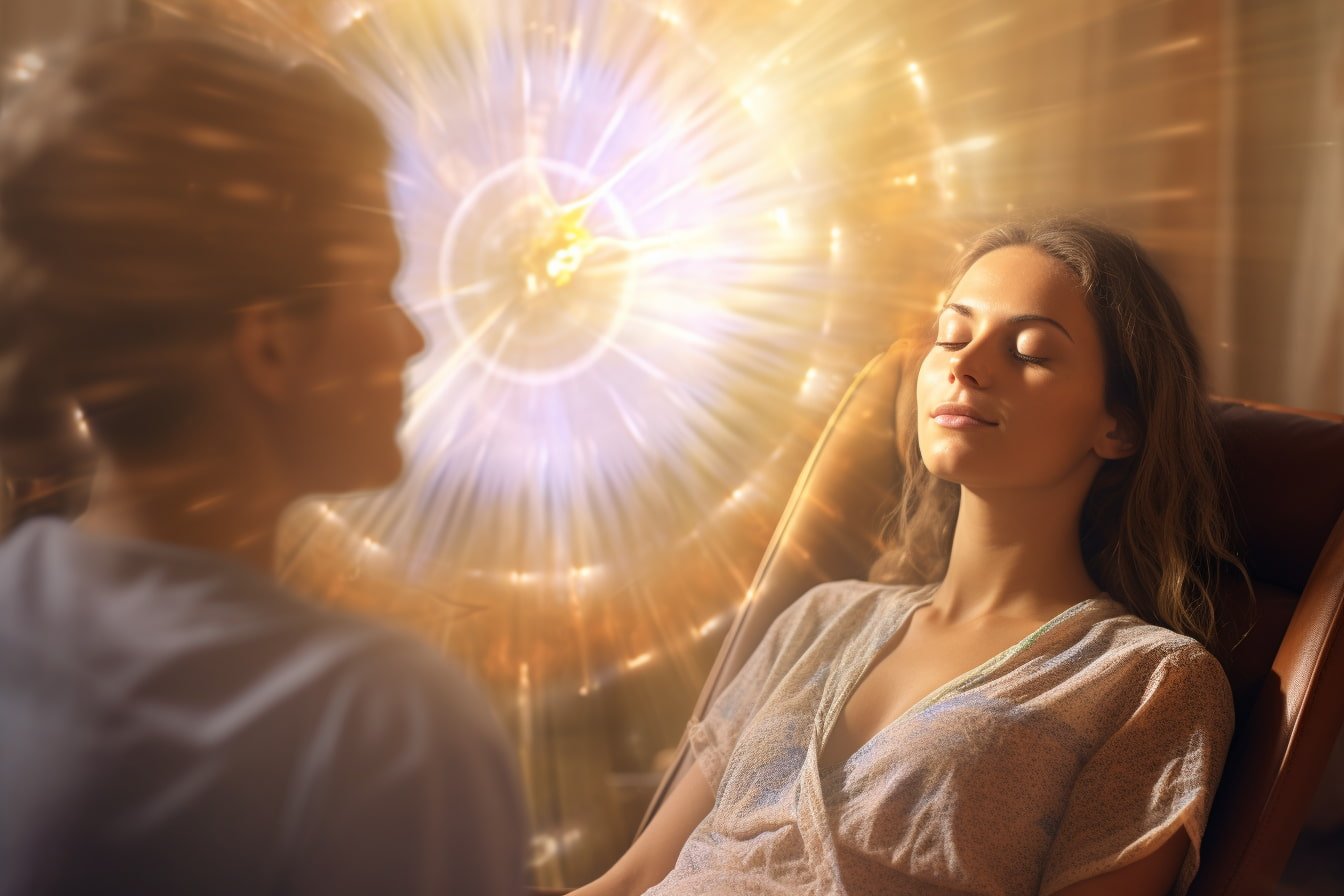
The Science of DMT Visuals
Classic psychedelics, like DMT, psilocybin, and LSD, work primarily through activity at the 5-HT2A receptors.
The 5-HT2A receptor is a subtype of serotonin receptors found in the brain, particularly in regions associated with mood, perception, and cognition. 5-HT2A activation leads to changes in various brain regions, including the prefrontal cortex, thalamus, visual cortex, and the default mode network.
These changes can “increase global hyper-connectivity in the brain, collapsed hierarchical organization, and reduced intra-network integrity,” according to a recent DMT study led by psychedelic researcher Dr. Robin Carhart-Harris.
The thalamus and visual cortex may be particularly salient to DMT’s fascinating visuals.
Thalamus
The thalamus acts as a relay station for the body’s sensory information, aside from smell. In a normal waking state, the thalamus receives information from various parts of the body and passes it along to the appropriate areas in the brain for further processing.
For example, when a person touches something hot, sensory signals from the skin travel to the thalamus, which relays that information to the part of the brain responsible for processing touch sensations. This process integrates different sensory inputs, enabling humans to perceive, react, and make sense of reality.
When psychedelics enter the brain, they disrupt the thalamus’s normal filtering role, causing a flood of uninhibited sensory input to reach the rest of the brain. This allows people to touch, see, hear, and taste in entirely novel and mysterious ways.
Primary visual cortex
Researchers theorize that the primary visual cortex, responsible for visual-stimuli processing, plays an essential role in psychedelic visions.
This lower-level brain region also helps translate uninhibited sensory information into a more complex and profound snapshot of the world.
Enhanced visual cortex processing and cross-communication with other brain regions during DMT experiences can lead to:
- Common vivid visuals, including geometric patterns, colors, and textures.
- Blending of sensory experiences, where individuals might “see” sounds or “hear” colors (synesthesia)
- Distortion of shapes, sizes, and proportions of objects.
- Altered time perception and a sense of timelessness.
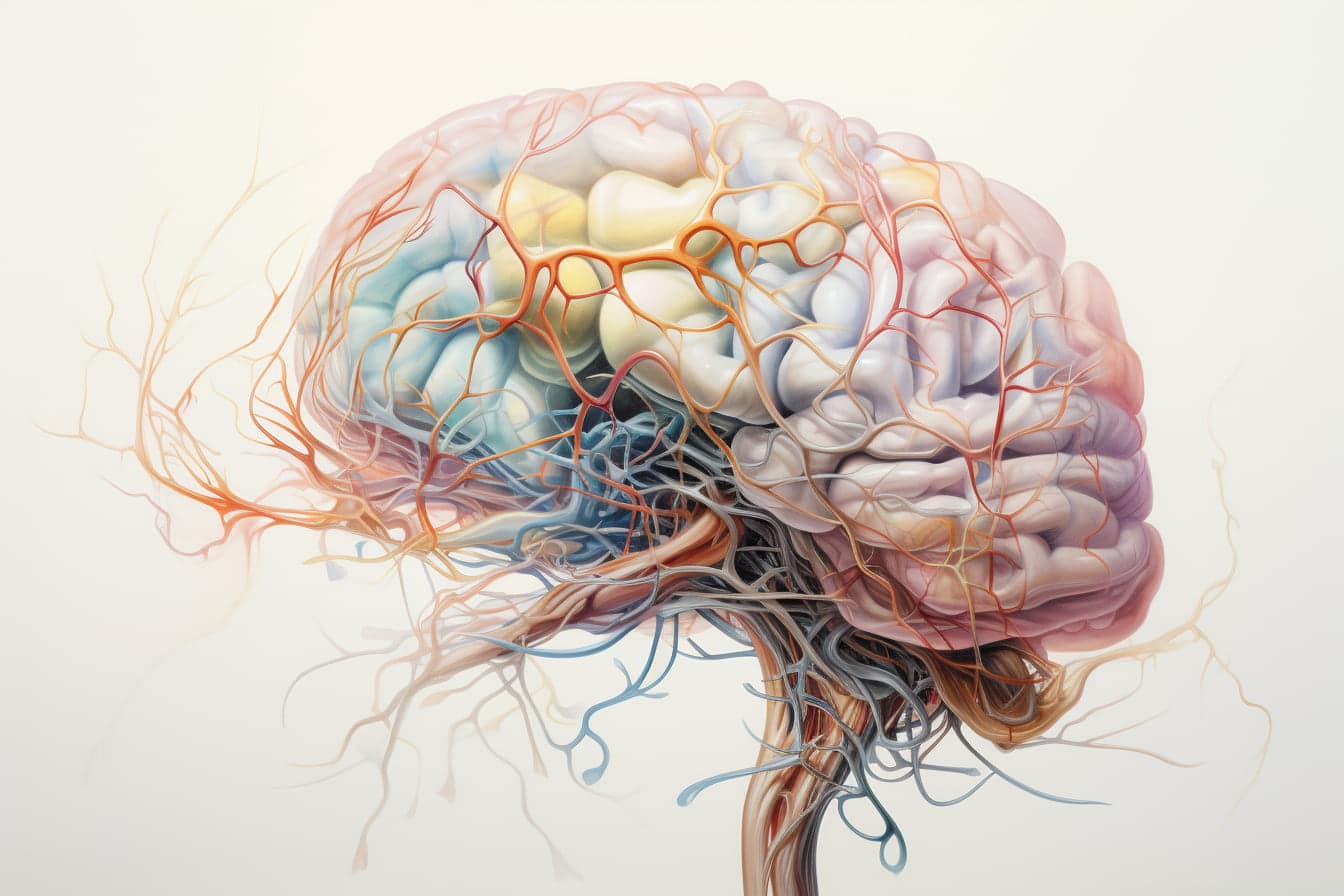
DMT Visuals: Final Thoughts
DMT holds a unique power to induce profound and transformative experiences. Its vivid and intense visuals can lead to introspection, personal insight, and expanded perspectives.
For some individuals, DMT sessions offer a fresh lens to reevaluate life’s challenges and find new meaning.
Clinical research is ongoing, but many proponents believe that DMT-assisted therapy can rapidly address mental health conditions such as depression, anxiety, and addiction.
